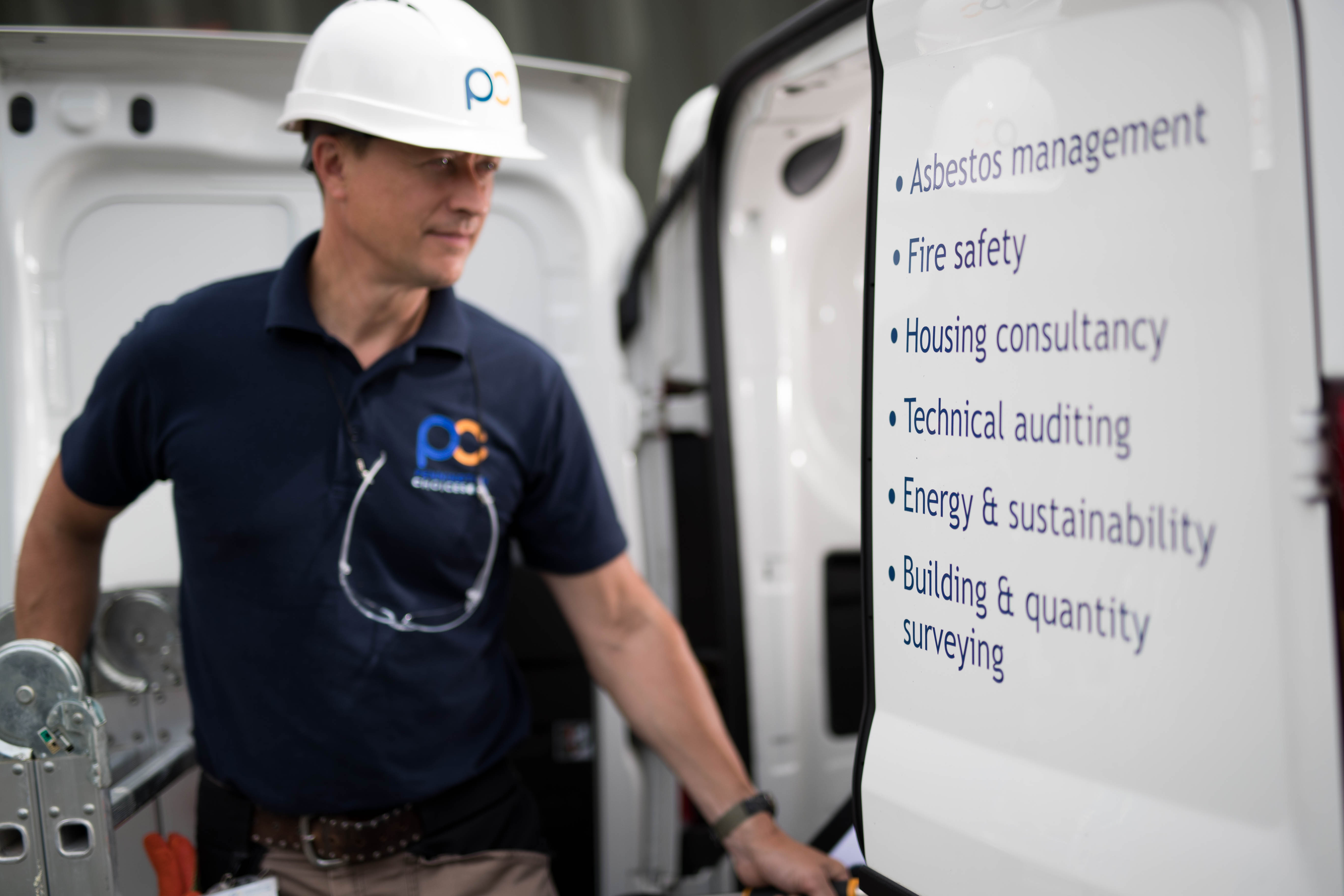Sign up to our newsletter
Accurate and up-to-date data is the cornerstone of any successful retrofit project, shaping key decisions from the outset. Whether identifying the need for energy-efficient upgrades, ensuring compliance with government targets, or streamlining project delivery, high-quality data underpins every stage. In this blog, we explore the critical role of data in carrying out a successful retrofit project and how it can drive effective building improvements.
Q: What makes data the foundation of any retrofit project?
A: Data underpins every aspect of a successful retrofit project. It informs decisions on property needs, like determining if a building requires heat pumps or insulation upgrades. Reliable, actionable data helps validate choices and ensures projects meet both performance and cost goals, ultimately improving efficiency across timelines, budgets, and communication with stakeholders.
Q: How does accurate data contribute to meeting the government’s goal of EPC band C by 2030?
A: Robust data validates your project decisions, enabling alignment with EPC standards and helping manage costs, timelines, and risks. Accurate data fosters transparency, allowing you to communicate effectively with the tenant and driving confidence among stakeholders about the project’s progress and objectives.
For more insights into carrying out a successful retrofit project and avoiding causing damp and mould risks in the process, catch up on our, The Retrofit Dilemma: Damp, Mould, and Condensation, available on-demand now.
Q: How does data help determine the most important measures for each property?
A: Good, up-to-date stock condition and EPC data are essential. They provide a foundation that helps define the types of improvements needed to drive an effective retrofit project. But it's not enough to just collect data; organisations must also share it effectively with all stakeholders - from finance and project teams to tenants and tenant organisations. When everyone has access to quality information, it allows the project team to build and execute measures effectively.
To discover more expert insight into gathering accurate stock condition data, catch up on our webinar, Stock Condition: Meeting the Safety and Quality Standard, available on-demand.
Q: How does using data improve a retrofit project’s overall effectiveness?
A: Data ensures alignment throughout the retrofit process, helping measure performance and determine project success. Reliable data forms the backbone of project decisions, especially when validating and tracking outcomes from start to finish.
Q: What is the best way to ensure data is accurate and up to date?
A: Consistent, high-quality data collection is essential. Use standardised terminology and taxonomies across surveys, capture data in real-time, and ensure data is dynamically updated to reflect changes. A strong data governance process ensures that data remains accurate and consistent from capture to report generation.
Q: What challenges arise when collecting data for retrofit projects, especially in older buildings?
A: Complexity in building structures and differences in data collection methodologies can create inconsistencies. Standardising data collection and terminology across teams and firms is essential for meaningful portfolio-wide analysis. Capture data on-site in real time to minimise errors and ensure accurate reporting.
Q: How can we help landlords and building managers reach the governance goal of EPC band C by 2030?
A: At Pennington Choices, we work with organisations to strategise and build a clear pathway to these targets. Large organisations often face challenges with siloed information and thinking. At Pennington Choices, we excel at bringing together diverse perspectives to form a cohesive, strategic view. With our expertise in data, workflow methodologies, and data governance, we support clients right from project initiation to completion. Our multidisciplinary team, coupled with our technology and data expertise, enables us to guide customers effectively along this journey.
One crucial point is simply to get started. There can be a delay in taking the first step, especially with the weight of strategic goals and legal targets. But once that first step is taken, we’re here to support the entire journey. Ultimately, these efforts benefit the tenants residing in these buildings, improving their quality of life as we work toward shared sustainability goals.






